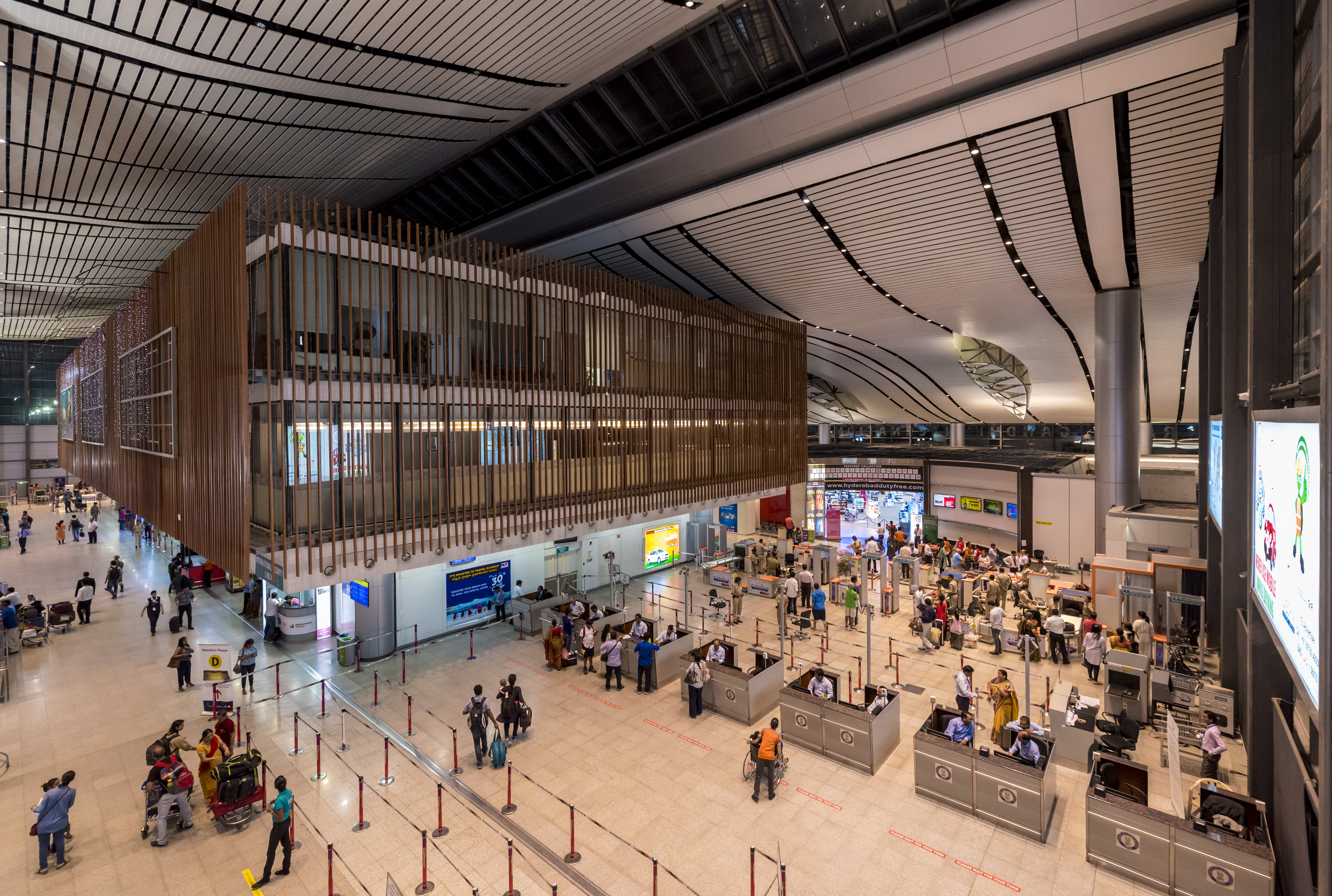
Airports are vital components of our global transportation network, serving as critical hubs for travelers and cargo. But how do we effectively plan, design and layout these complex structures? Let's break down this technical topic into straightforward language.
An airport is much more than just a place where planes take off and land. It's a complex system that involves both airside and landside components. The airside comprises approach airspace, runways, taxiways and aprons, while the landside encompasses terminal buildings, baggage handling facilities, access roads, parking areas and various forms of transit. Airport design and planning must take into account a multitude of factors, including aircraft performance and size, air traffic management, safety considerations, noise impact on surrounding communities and obstacles in the vicinity.
The planning process begins with the creation of an Airport Master Plan, which outlines the airport's long-term development, including both aviation and non-aviation aspects. The master plan includes physical facilities, financial implications and land use considerations. It also documents policies, future aeronautical demand and environmental concerns related to airport operations.
ICAO guidelines offer a structured approach to master planning, involving pre-planning considerations, forecasting for planning purposes, financial arrangements and controls, site evaluation and selection, runway and taxiway design, apron layout, air and ground navigational aids, passenger and cargo facilities, ground transport and parking and various airport support facilities. Security measures on both airside and landside are also crucial components of airport planning.
Before initiating the planning process, it's essential to identify and gather all relevant issues and concerns related to the airport. These issues can range from increasing capacity and reducing delays to improving baggage-handling systems. These considerations are identified through prior studies, discussions with various airport stakeholders and data collection. Data encompasses the existing physical infrastructure, financial data, operational data, environmental information and other relevant data.
Accurate traffic forecasting is a cornerstone of airport planning. Overly optimistic forecasts can lead to unnecessary investments, while overly conservative forecasts can result in congestion and lost revenues. Several factors, including demographic trends, geographic features, changes in disposable income, competition from nearby airports and shifts in airline operations, must be considered in traffic forecasting.
Determining the airport's capacity and analyzing potential delays is a critical step in the planning process. Capacity refers to the airport's ability to handle a certain volume of traffic within a specific timeframe. The requirements analysis also considers the capability of the airport to operate under both good and poor weather conditions. Air traffic control procedures, obstructions to air navigation and electronic and visual approach and landing aids are all essential elements of this analysis.
The location of an airport site is crucial to its success. The airspace and ground tracks in the takeoff and landing corridors are of primary importance for site selection and runway orientation. Safety, noise considerations and environmental factors also influence site selection. Moreover, the proximity of certain facilities, such as schools or public assembly buildings, to the airport reference point should be carefully controlled.
Airport design begins with a deep understanding of aircraft characteristics and requirements. Aircraft are categorized into different groups based on wingspan and other physical attributes, which influence runway and taxiway design. Runway length, in particular, depends on multiple factors, including aircraft type, maximum takeoff weight, engine capabilities and safety requirements. Altitude and temperature also play a significant role, as higher altitudes require longer runways due to reduced air density.
Airport pavement design is based on the gross weight of the aircraft. Design curves are used to determine the required pavement thickness for both flexible and rigid pavements. These curves are influenced by the mix of aircraft expected at the airport, their landing weights and the number of annual departures.
The culmination of airport planning efforts results in various plans that guide the development and operation of the airport:
Airport Layout Plan: This graphical representation of existing and future airport facilities includes runways, taxiways, aprons and terminals. It serves as a public document providing key data and relationships with external areas.
Approach and Clear Zone Plan: This plan outlines safety zones, approach slopes and potential obstructions in the airspace surrounding the airport to ensure safe flight operations.
Terminal Area Plan: Focusing on the terminal facilities, this plan encompasses the terminal's general layout and potential expansions.
Noise Compatibility Plan: To mitigate the impact of airport noise on the surrounding community, this plan identifies noise contours and proposes measures to address noise-related issues.
ConclusionEffective airport planning is a multifaceted process that requires a deep understanding of various technical aspects, interdisciplinary collaboration and meticulous attention to detail. The pillars of effective airport planning encompass master planning, capacity analysis, runway design and comprehensive airport plans. These technical elements ensure that airports operate efficiently, safely and in harmony with their surrounding environments.
If you need any services, drop us a mail at Rohitkumar.Singh@gmrgroup.in or get in touch with us at +919717199753.